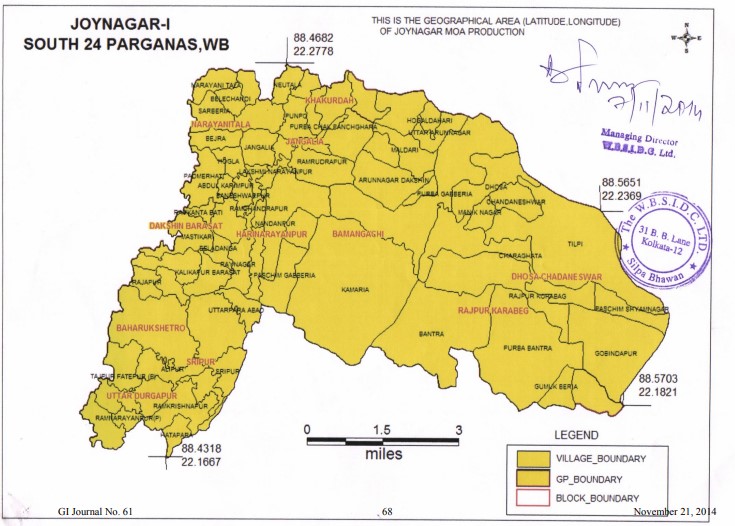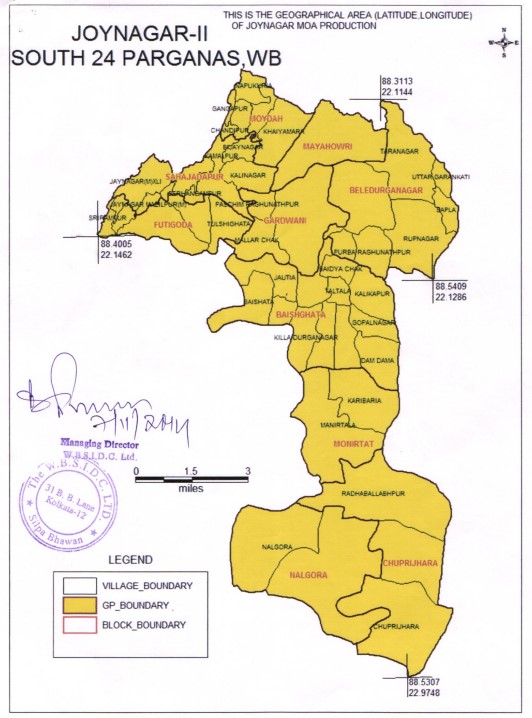

Joynagar Moa is a traditional Bengali sweet, originating from Joynagar in West Bengal, India. It is a winter delicacy made from date palm jaggery (khejur gur), puffed rice (khoi), and clarified butter (ghee). Joynagar Moa is known for its unique taste and cultural significance.
1. Ingredients: - The primary ingredients include date palm jaggery, puffed rice, and clarified butter. 2. Preparation: - Joynagar Moa is prepared by mixing finely chopped date palm jaggery with puffed rice and a generous amount of clarified butter. 3. Shape and Size: - The mixture is shaped into small, round balls, and each Moa has a uniform size. 4. Texture: - It has a soft and chewy texture with the sweetness of jaggery and the crunchiness of puffed rice.
1. Geographical Indication: - Joynagar Moa has received the Geographical Indication (GI) tag, recognizing its unique identity and connection to the region. 2. Origin: - The sweet is named after Joynagar, a town in the South 24 Parganas district of West Bengal, India. 3. Cultural Importance: - Joynagar Moa is an integral part of Bengali culture and is associated with winter festivals and celebrations.
1. Jaggery Extraction: - The key step involves extracting jaggery from date palm sap, which is then finely chopped. 2. Mixing Ingredients: - The finely chopped jaggery is mixed with puffed rice, and clarified butter is added to achieve the right consistency. 3. Shaping: - The mixture is shaped into small, round balls, ensuring uniform size and shape. 4. Sun-Drying: - The Moas are sun-dried, allowing them to set and develop their unique texture. 5. Packaging: - Once dried, Joynagar Moas are carefully packaged to preserve their freshness.
1. Date Palm Jaggery: - Joynagar Moa stands out due to the use of date palm jaggery, which imparts a distinct flavor. 2. GI Recognition: - It is a Geographically Indicated product, emphasizing its connection to Joynagar and the traditional preparation method. 3. Cultural Tradition: - The sweet carries cultural significance and is an essential part of winter festivities in Bengal.
1. Festive Occasions: - Joynagar Moa is commonly consumed during winter festivals, such as Makar Sankranti and Poush Parbon. 2. Gifting: - It is often exchanged as a special treat during festive seasons and family celebrations. 3. Culinary Uses: - Some may use Joynagar Moa in culinary creations, adding a sweet and crunchy element to desserts.